In Part 1, we talked about B2B e-commerce, what it is and shared some tips on how businesses can adopt e-commerce.
In this segment, we want to expand on the functionalities of e-commerce solutions and address specific challenges often encountered by businesses and how they can utilise these solutions to help them solve their problems.
What are E-commerce Solutions?
Before we elaborate any further, let’s start by understanding what we’re talking about when we refer to e-commerce solutions. According to bigcommerce.com, e-commerce solutions refer to the “engine behind the scenes of an online store..required to manage a website and fulfill order”. For example, a company interested in sending out weekly email updates to their users might work with an e-mail marketing service provider to help them send out their newsletters. Similarly, an online business who wants to implement an online checkout process for its customers may enlist the services of a specialised vendor for online shopping cart solutions.
Over time however, the demand for more comprehensive solutions has increased and as a result, many e-commerce solutions providers have expanded their range of offerings to include software that solves multiple problems ranging from inventory tracking to marketing and analytics tools. This eventually paved the way for what we have come to know today as SaaS.

Understand SaaS and Its Advantages
In the not-so-distant past, most businesses would typically invest in enterprise software; which they would have to buy and then install themselves onto their own servers. This process often involved hiring an entire IT department to deliver on integration and maintenance. By contrast, e-commerce solutions software, also known as SaaS or Software-as-a-Service refers to software that is cloud-hosted, that you can “rent” for a fee and access via the internet. And this is what we’re going to be discussing today.
Since its inception, SaaS has come a long way and recent research has predicted that 73 percent of companies will be using SaaS by 2021 and that nearly 85 percent of small businesses have already started to invest in SaaS.
So, how does using SaaS benefit you as a business owner? Let’s go through some of its advantages below.
Accessibilty
Due to its ability to work with just an internet connection, it is pretty much compatible with most operating systems out on the market (including smartphones running on Android and iOS), making it extremely versatile and adaptable to a variety of circumstances. Including when you’re on the go.
Minimal Backup Concerns
Another perk that comes with using SaaS is not having to worry about investing in backups to mitigate any unexpected events that might result in a significant loss of valuable data. As data is routinely saved to the cloud, not only does this minimize the headache of having to look for alternative backup and storage solutions but it also means that employees can login from multiple devices without losing work or worrying about data being compromised.
Flexibility
Users can customise the software to fit their business and change it when necessary to cater to their evolving needs. Plus, they can bypass the upfront costs that typically come with the implementation of enterprise software. From implementation to training, investments in additional servers to having to outsource IT support staff to help them maintain the software; businesses often have to fork out large sums of money upfront to support enterprise software.
Access to Data and Analytics
Business intelligence and reporting tools are often a key feature that comes bundled with SaaS. These can be utilised by business owners to access valuable insights that can help them spot and take action on problems quicker, thus improving their operations.
Strong Customer Support Teams
Another feature of SaaS that should not be overlooked is the fact that most providers have a team of dedicated and knowledgeable support staff who are well-equipped to assist you in all matters dealing with the software. Make full use of this advantage by leveraging on their expertise to help you master your chosen solutions platform.
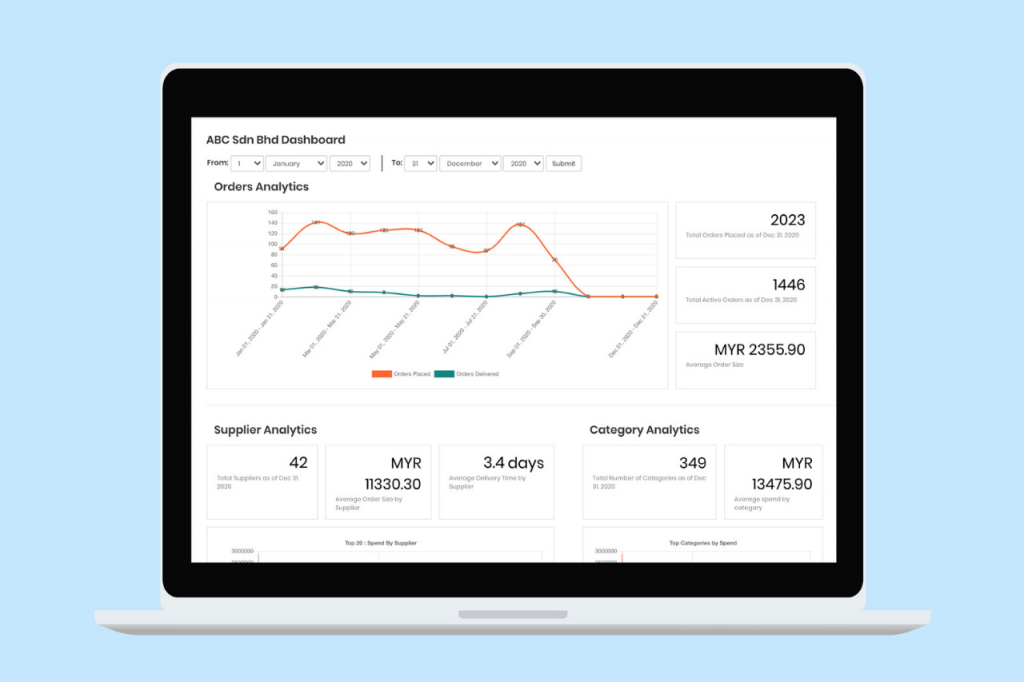
Mastering the Basics of SaaS with Dropee Direct
For businesses in Malaysia who are intrigued by the prospect of working with SaaS, Dropee is one such service that will allow users to grow and manage their businesses digitally on a private platform that they can customise to fit their needs. Understanding that all businesses are unique and have different levels of needs, our SaaS portal known as Dropee Direct currently offers three different plans ( Basic, Advanced and Custom) that can be tailored to suit various businesses’ requirements.
With features that include a centralised order system ( allowing you to sync orders from all channels including Whatsapp and Facebook) plus stock level and inventory movement tracking, it was founded on the premise that in order for businesses to compete in an increasingly on-demand marketplace, they need to be equipped with the right tools to take their business online, hence Dropee Direct is focused on making SaaS accessible to local businesses of all sizes.
In the following section, we elaborate further on some of the features available on the portal and how they can help businesses on a day-to-day basis.
Common B2B Challenges and How You Solve Them
From woes surrounding stock management to payment tracking, we highlight six real-life scenarios involving challenges typically faced by businesses and how they can be addressed with SaaS solutions.
Challenge #1: Payment Tracking
I still do everything manually and I don’t have a proper system in place for sales orders and generating invoices so I find it difficult to keep track of and stay on top of payment collection from my customers. I often can’t tell who has and hasn’t paid me. How can I solve this?
Problems:
- No proper payment system in place
- Difficulty in keeping track of payments
Solution:
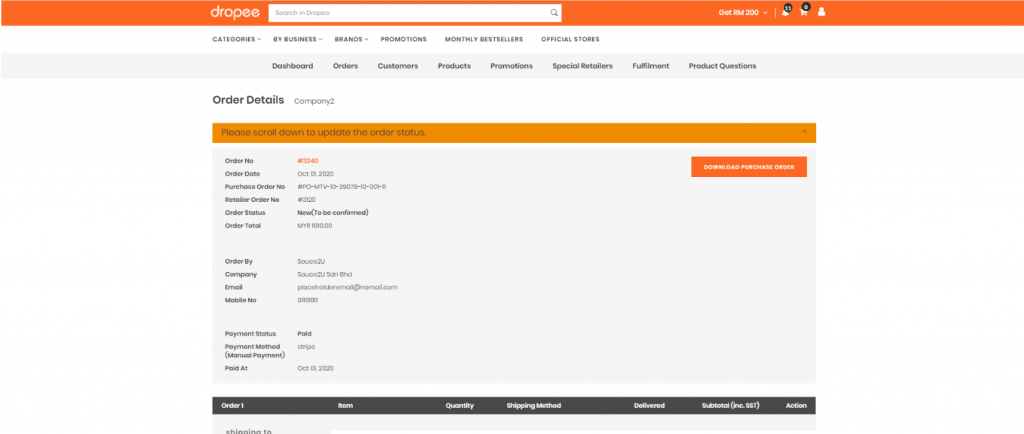
Imagine a system that automatically generates paperwork so that every time an order comes in, a purchase order (P.O) and invoice is generated along with it. All of this can be accessed via the main dashboard. Users simply need to go to the Orders page and click on an Order ID to view the details.
For Advanced users, a payment gateway system allows their customers to shop and checkout directly from their platform. The best part? All this information is recorded and stored on the dashboard for easy reference and payment tracking. Users can also sort orders according to their payment status to identify what orders have been paid, are currently pending payment and etc.
Challenge #2: Order Tracking
I have lost a lot of money because I can’t keep track of orders coming through since everything is still recorded by hand and subject to human error. I don’t have a proper system in place to help me keep track of the orders coming in.
Problems:
- Losing money due to poor order tracking
- A lot of mistakes from human error
Solution:
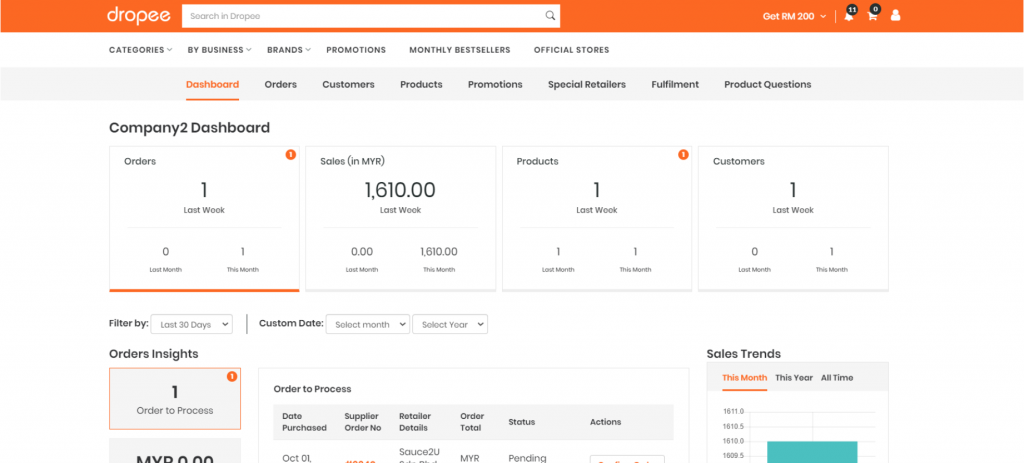
Similar to how payments can be tracked, all incoming orders are recorded along with a P.O and stored in your dashboard so that you can monitor them. Unprocessed orders are also displayed on the dashboard homepage under Order Insights so that users can stay on top of the status of the orders that come through. Simply scroll to the bottom of the page to view them.
Challenge #3: Sales Team and Time Limitations
I cannot meet a lot of clients due to time constraints. I have a small sales team and they don’t have time to service a lot of people due to the amount of paperwork and this affects our potential to get more clients and earn more revenue.
Problems:
- Limited reach
- Small sales team lack the capacity to service potential customers
Solution:
Lots of business processes and administrative tasks can be automated with Dropee Direct and can help to free up space so you and your sales team can focus on the important stuff. Like, outreach and onboarding new customers to grow your business.
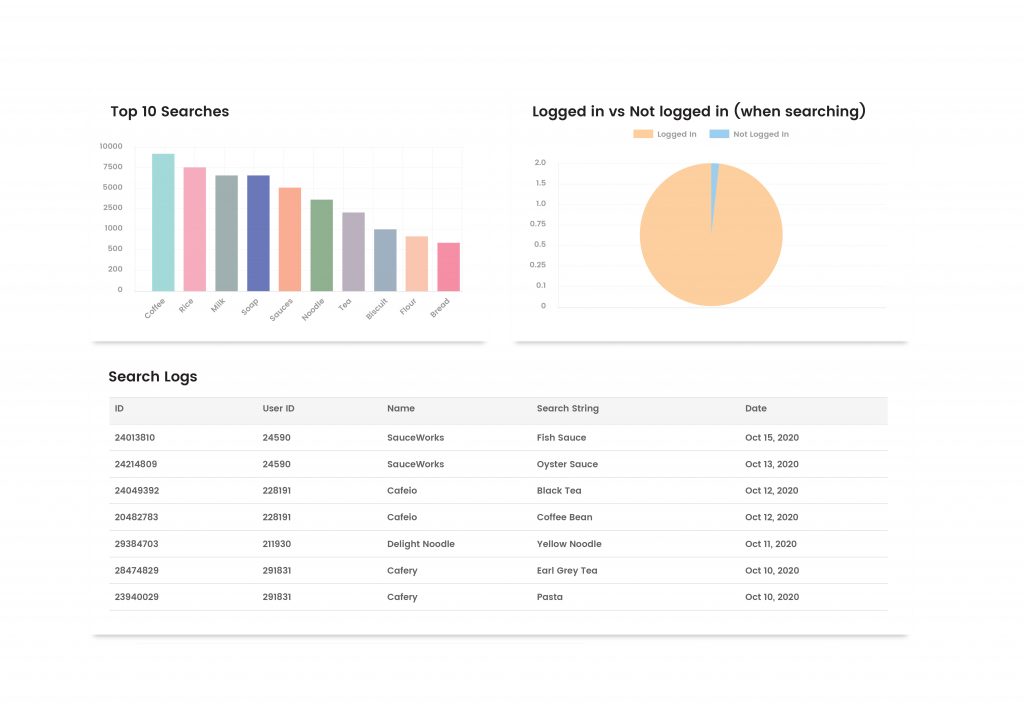
The handy Search Logs feature for Advanced and Custom users also lets you see the items customers are interacting with so that you can have better insight into what your customers are interested in and serve them better. For example, business owners can target promotions and discounts for specific customers based on their items of interest.
Challenge #4: Product Information and Order Fulfillment
My catalogue based website doesn’t have updated product information. Some customers are still asking about items that have been out of stock since 2018. My website also doesn’t support order fulfillment so they can see items on my website that they cannot purchase or enquire about.
Problems:
- Difficulty making updated product information accessible
- Trouble converting site visits into sales
Solution:
Our platform allows you to integrate and update both your company and product information online in real time so that it can be easily accessed by your customers whilst allowing them to browse, place orders and make payments directly on your portal. On top of that, once youupload your products, it is search engine optimised to heighten chances of being discovered on Google by potential buyers.
Challenge #5: Inventory Management
I have trouble managing my stock and inventory. I don’t know what I have. There are no proper auditing systems in place and this leads to losing sales because customers will order items and when I check my stock, I sometimes realise I don’t have what they need. This is also causing issues with my sales reps because they are all selling the same item but i have limited stock.
Problems:
- Unable to keep track of stock levels
- Often cannot fulfill orders due to mismanagement of supply and demand
- Conflict between sales reps due to confusion over stock availability
Solution:
A major component of the e-commerce platform is that it comes with a feature that allows you to monitor your inventory levels via the number of sales and purchases that are coming in and out. Therefore when orders come in, you will be notified of your current stock level when there are any changes and you’ll be able to track it in real-time. Additionally, creating multiple staff accounts so that all users (including your sales team) can have access to inventory data can help keep track of sales that are being made to avoid any confusion.
Challenge #6: Digitising Will Replace My Current Distributors
I am a brand owner and am interested in going digital in order to connect with new customers and expand my reach but I am concerned that I will lose or upset my existing network of distributors as they feel that this step means I am replacing them.
Problems:
- Concerns over damaging current relationships within their network of distributors
Solution:
Dropee Direct is meant to be used by businesses in a number of different ways and this means that as a business owner, you can create user accounts for your current distributors and retailers so that they too can utilise it to streamline their tasks such as; accessing product information, placing orders and more. Additionally, brand owners can build customised product and pricing catalogues as well as create different user tiers to ensure that their users can only access catalogues that are relevant to them.
Questions to Ask when Selecting a SaaS Provider
Once you’ve made the decision to invest in e-commerce solutions, the next step involved is perhaps the most important as this involves choosing the right solutions provider for your business.
Ultimately, you want to feel secure and confident when you’re using the platform, especially since this is something that you will be using for a long time. To help you get started, we cover five fundamental questions to ask yourself during the selection process.
What Is My Realistic Budget?
Doing a quick ROI projection on a B2B e-commerce solution is a helpful way to determine how much you should spend. Once you are able to identify the areas in which you are able to cut costs and increase revenue upon implementation, this will help you move forward with selecting a solutions provider that will make the most sense for your budget.
Will It Withstand the Test of Time?
You want to make sure that the solutions provider you decide on will be able to support your needs in the long-run as it can be a messy process to shift your business and your customers from one provider to another. Therefore you’re going to want to find out about how often new features are introduced, how flexible the platform is at accommodating changes you may want to make in the future and how much consideration is given towards user feedback.
Is The Product Scaleable?
An important feature of any SaaS portal worth their salt is scalability. I.e. it’s ability to handle and adapt to the size of your business as it changes over time. Software that can be scaled up or down with minimal cost and disruption is software you want to have in your arsenal.
Does It Integrate Well with My Website Environment?
You want to find a solution that will either work seamlessly with or improve your current interface. While it may vary from business to business, be sure to identify if your chosen SaaS is able to support features such as promos and discounts, payment processing, different customer tiers and pricing, inventory insights and more.
Does It Have Good Customer Support?
Good service extends beyond just the product itself and a strong customer support team is an essential element of a solid SaaS provider. Find out about what kinds of support channels are available and if they also provide any self-service features.
This wraps up our two part Dropee e-commerce guide. We hope that it’s been an enlightening journey and for Malaysian B2B businesses who are interested in learning more about Dropee solutions and how it can help you streamline and grow your business, do get in touch with us to schedule a free consultation with our sales team. In the meantime, keep visiting our blog to get the latest tips and insights into B2B e-commerce!
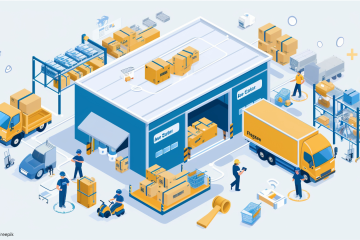


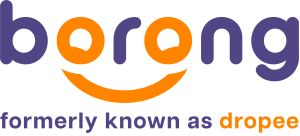
0 Comments